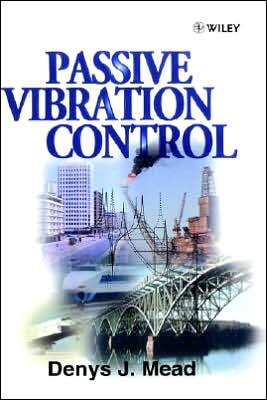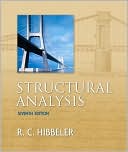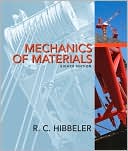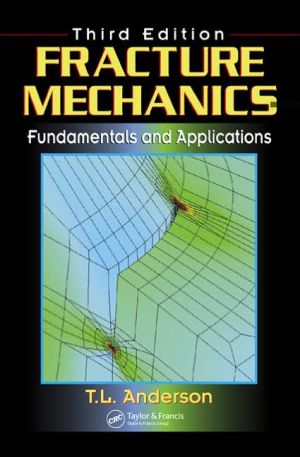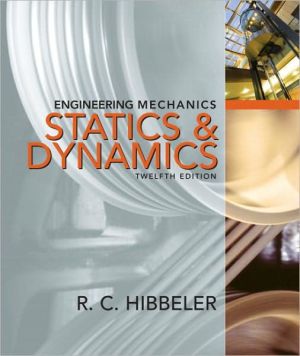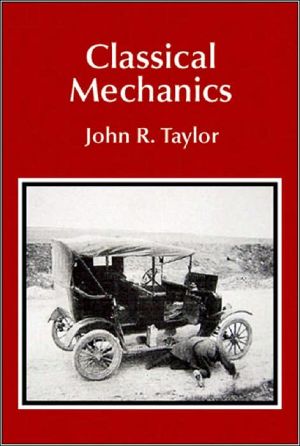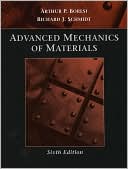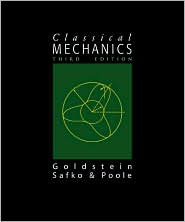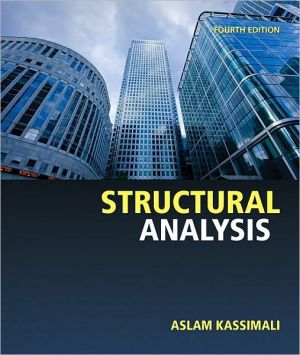Passive Vibration Control
A comprehensive account concerning the vibration control of equipment and tools as well as sound. Addresses those passive means developed over the years to control and restrict the level of vibration which may be produced. The first section contains the background vibration theory essential to understanding the nature of structural vibration and the structural parameters on which vibration levels depend. The latter half is devoted to the three parameters which can be tuned: stiffness, mass...
Search in google:
Developments in passive control technology and theory over recent years require a comprehensive new work on the subject, a gap now filled by Passive Vibration Control. In this volume, the divide between the many classical text books on vibration analysis and the few books on specialist aspects of passive control is finally bridged. In addition, the valuable analytical tool of receptance/dynamic stiffness theory is extensively covered. Initially, a review of recent findings on vibration levels which cause structural damage, machine malfunctioning or human disturbance, discomfort and injury is presented. The following four chapters review the theoretical response of structures to imposed forces or motions (which may in turn be harmonic, periodic, random or transient) and aim to advance the reader's existing knowledge of vibration theory into the theory of receptances and structural modal analysis. This presentation has a two-fold purpose: (a) to enhance physical understanding of theoretical concepts and (b) to identify the principal system parameters which control vibration levels before passive control measures are undertaken. The remaining chapters consider successively the controlling factors in beam and plate vibration and methods of reduction, general structural design principles for minimizing vibration, the control of vibration by localized additions (with special emphasis on dynamics absorbers), and sources of structural damping and damping methods. The use of vibration isolators and, finally, combinations of these methods are also examined, resulting in a text of great value and interest to all vibration control analysts, practitioners, and researchers.
Preface1Introduction12The Response of Structures to Harmonic Forces333Receptance and Dynamic Stiffness714The Response of Structures to Prescribed Harmonic Motions995The Response of Structures to Non-harmonic Excitation1176Factors Controlling Beam and Plate Vibration1557The Control of Vibration by Structural Design2278The Control of Vibration by Localized Additions2679The Control of Vibration by Added Damping31910The Control of Vibration by Resilient Isolation43311The Control of Vibration by Combined Methods503Index525
